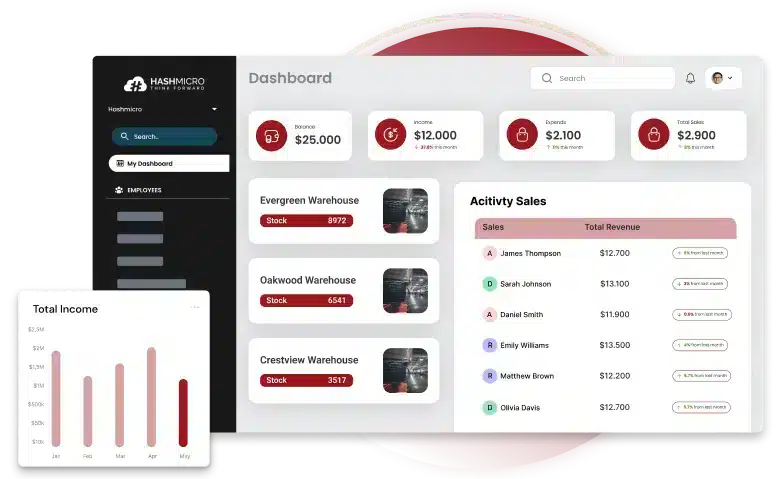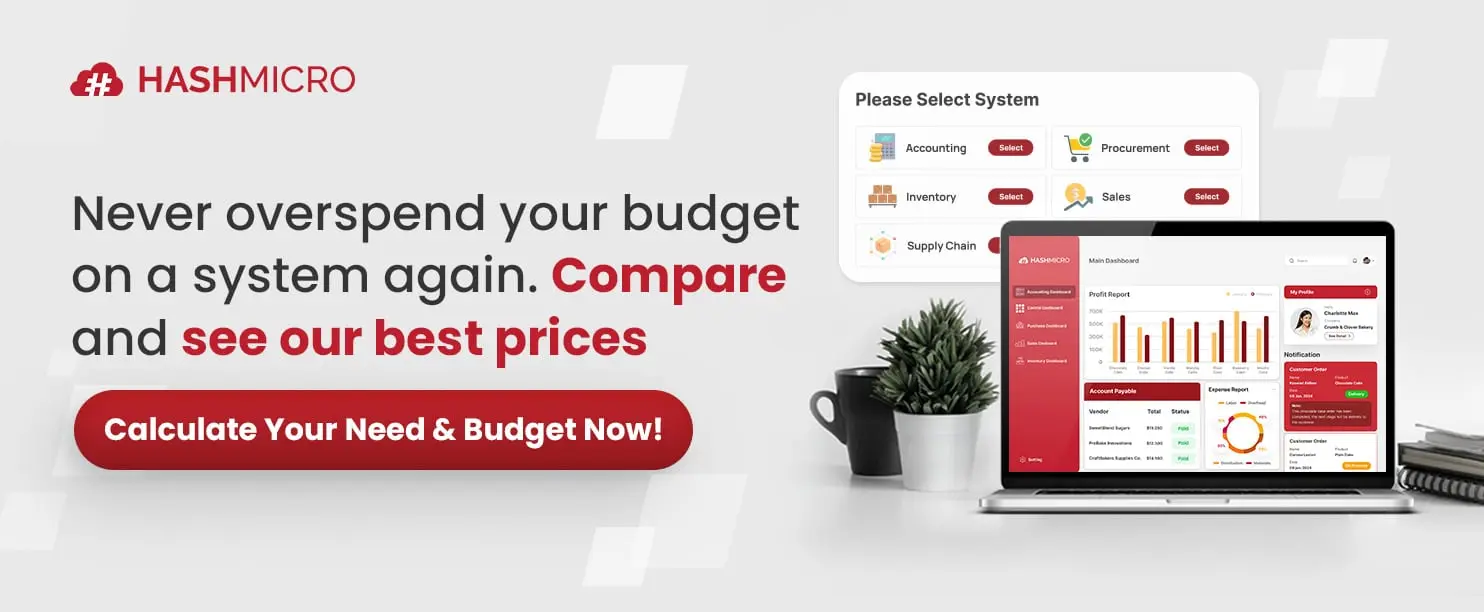As a business leader, I’ve seen how poor warehouse planning leads to operational chaos and bloated expenses. These challenges often stem from inefficient layouts and inaccurate inventory tracking.
This directly impacts delivery speed and customer satisfaction, hindering our growth potential. Implementing a robust warehouse management software provides the strategic oversight needed to resolve these issues.
In this guide, I will walk you through the critical aspects of strategic warehouse planning. Follow along to transform your operations and prepare for future success.
Key Takeaways
|
What Is Warehouse Planning?
Warehouse planning is the strategic process of designing and organizing all resources within a facility for peak efficiency. It encompasses workflows, inventory, labor, and technology to create a seamless operation.
This critical function is typically managed by logistics managers, supply chain directors, or operations executives. Their goal is to align the warehouse’s daily activities with the company’s broader strategic objectives.
Why Is Warehouse Planning Crucial for Your Business?
Investing in a structured plan is a strategic move that directly boosts your company’s financial health and market reputation. Effective planning transforms your warehouse from a cost center into a hub of profitability.
1. Optimize space and asset utilization
Meticulous planning helps maximize every square meter of your facility for storage and operations. This increases capacity and reduces the cost per unit stored without requiring physical expansion.
2. Enhance operational efficiency
A well-designed plan establishes logical workflows that minimize unnecessary movement and reduce downtime. This directly lowers labor costs per order and increases your overall throughput capacity.
3. Improve inventory accuracy and control
It provides a framework for tracking every item accurately from arrival to departure. This real-time visibility prevents stockouts and reduces capital tied up in overstocked goods.
4. Reduce operational costs
By optimizing layouts and workflows, you can significantly cut labor hours and reduce financial losses from obsolete or lost goods. This comprehensive approach directly lowers the largest operational expenses in a warehouse.
5. Increase customer satisfaction
Ultimately, an efficient warehouse ensures faster and more accurate order fulfillment. This reliability builds brand loyalty and improves customer retention in a competitive market.
Key Components in Warehouse Planning
A comprehensive warehouse plan integrates several core components that must work together seamlessly. Understanding their interplay is key to building a robust and synergistic operation.
1. Layout and workflow
The layout dictates the physical flow of goods, people, and equipment from receiving to shipping. An optimal design minimizes travel distances and prevents operational bottlenecks.
2. Inventory management system
This system acts as the digital brain, tracking all stock movements and providing real-time visibility. It automates inventory control to ensure data accuracy for strategic decision-making.
3. Labor and equipment
These resources execute all physical activities based on workload projections and operational design. Proper management ensures tasks are completed efficiently and safely with the right tools.
4. Technology and information systems
Technology connects all warehouse components, enabling seamless data flow and process automation. It provides the tools for real-time tracking and monitoring of key performance indicators.
The Warehouse Planning Process in 7 Strategic Steps

1. Define objectives and success metrics (KPIs)
First, align your warehouse objectives with broader business goals, such as reducing fulfillment time. Then, establish relevant KPIs to track progress and measure success accurately.
2. Analyze historical data and forecast demand
Collect and analyze historical data on sales and inventory movements to identify trends. This analysis forms the basis for creating an accurate demand forecast for future planning.
3. Design an optimal warehouse layout
Map out all functional areas to create a logical, one-way material flow. The design should consider product characteristics and equipment needs to maximize space and efficiency.
4. Develop an inventory management strategy
Develop a slotting strategy to place SKUs in the most logical storage locations based on sales velocity. Also, determine the most suitable picking methodology to increase team productivity.
5. Plan for labor and equipment needs
Calculate the staffing levels required for each function based on workload projections. Concurrently, select the appropriate type and quantity of material handling equipment for your layout.
6. Select and implement the right technology
Evaluate and select the right technology, with a Warehouse Management System (WMS) at the core. This system orchestrates all activities and provides the most efficient routes to operators.
7. Create standard operating procedures (SOPs)
Document all designed processes into clear Standard Operating Procedures (SOPs). These guides ensure every task is performed consistently and serve as a basis for training.
Best Practices for Effective Warehouse Planning
Creating a solid plan is just the start; the real challenge is keeping it relevant amid changing business conditions. Adopting a mindset of continuous improvement is crucial for long-term success.
1. Conduct regular reviews and audits
Schedule regular reviews to evaluate performance against your established KPIs. This allows you to identify improvement areas and adjust strategies before issues escalate.
2. Leverage automation technology
Implement a robust Warehouse Management System (WMS) to automate complex decisions and reduce manual errors. This technology provides a quantum leap in both productivity and accuracy.
3. Prioritize safety and ergonomics
Design ergonomic workstations and ensure the facility is clean, well-lit, and free of obstructions. A focus on safety reduces injuries and improves overall employee morale.
4. Train your team comprehensively
Provide comprehensive and ongoing training to ensure your team masters all tools and systems. A well-trained team is your most valuable asset for achieving operational excellence.
HashMicro as Your Warehouse Planning Solution

- Stock Forecasting: This feature analyzes historical data to generate accurate demand projections for future inventory planning.
- Inventory Management: It enables real-time tracking of every SKU and directs intelligent slotting based on predefined rules.
- Order Fulfillment: The system generates optimized picking routes and directs staff to ensure fast and accurate order processing.
- Analytical Dashboard: It provides complete visibility into your warehouse KPIs for continuous performance monitoring.
By automating tasks and providing accurate data, our WMS empowers you to build a more efficient operation. Schedule a free demo to see how we can help you.

Conclusion
Warehouse planning is a strategic pillar essential for sustainable business growth and a competitive advantage. A well-structured plan optimizes every aspect of your operations, from space to customer satisfaction.
Embracing technology is key to executing your strategic plans flawlessly and unlocking your warehouse’s full potential. HashMicro Warehouse Management Software provides the visibility and control needed for this transformation.
Shift from a reactive to a proactive approach in managing your warehouse today. To see how our solutions can help, we invite you to book a free demo with our team.
FAQ about Warehouse Planning
-
What is the meaning of warehouse planning?
Warehouse planning is the process of designing and managing resources such as space, inventory, labor, and equipment to ensure smooth and efficient warehouse operations.
-
How to plan a warehouse?
Start by assessing storage needs, creating an organized layout, defining workflows, using warehouse management software, and continuously monitoring performance to improve productivity.
-
What are the 4 main functions of a warehouse?
The four main functions are storage, inventory control, order processing, and distribution, which work together to support effective supply chain management.





























